UK Gender Pay Gap Report 2025
We’re making continued progress in closing our gender pay gap in the UK. This year, we’ve seen a 6.58% improvement, driven by increased female representation at senior levels and in high-growth areas like sales and technology.
We also continue to uphold our commitment to pay equity. Annual reviews confirm that over 99% of our UK employees are paid equitably.
You can learn more about our broader inclusion efforts here.
- 2025
- 2024
- 2023
- 2022
Our 2025 UK gender pay gap
Our biggest opportunity to reduce the gender pay gap in the UK continues to be through increasing the representation of women, especially in sales and in more senior-level roles. Although not reflective of pay equity, Workday UK is fully committed to improving our gender pay gap and, along with many of our peers, we are pursuing forward-thinking hiring, retention and progression policies. We also want to ensure that more women thrive through our culture of belonging.
Below are the Workday results for the required UK pay gap calculations.
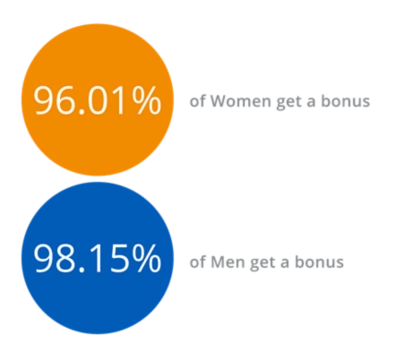
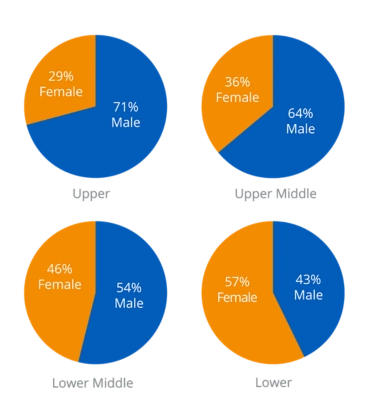
Our 2024 UK gender pay gap
Our biggest opportunity to reduce the binary gender pay gap continues to be through increasing the representation of women, especially in sales and in more senior-level roles. Although not reflective of pay equity, Workday is fully committed to improving our binary gender pay gap and, along with many of our peers, we are pursuing forward-thinking hiring, retention and progression policies. We also want to ensure that more women thrive through our culture of belonging.
Below are the Workday results for the required UK pay gap calculations.
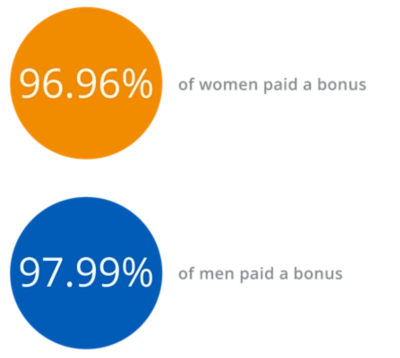
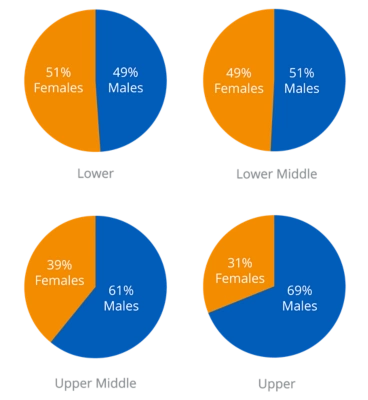
Our 2023 UK gender pay gap results
Our biggest opportunity to reduce the gender pay gap continues to be through increasing the representation of women, especially in Sales and in more senior-level roles. We’re not yet reflective of pay equity, but by pushing forward-thinking and gender-equal recruitment policies, we're fully committed to improving our gender pay gap.
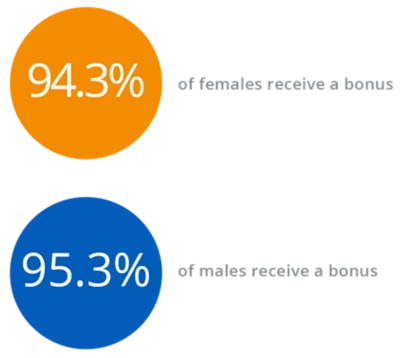
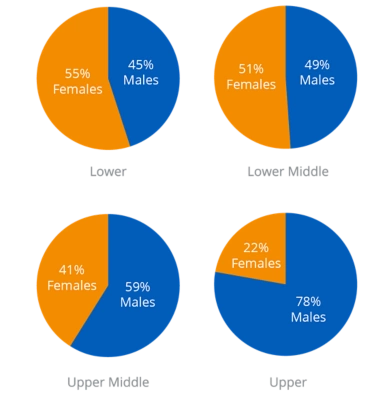
Our 2022 UK gender pay gap results
Our results this year reflect the fact that there are more men employed by Workday in the UK, and a greater number of men in leadership roles. Workday is taking steps to improving this through annual pay parity reviews and gender-equal recruitment policies.
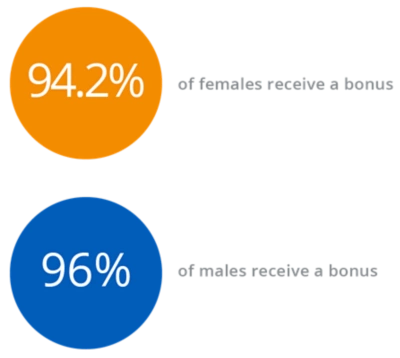
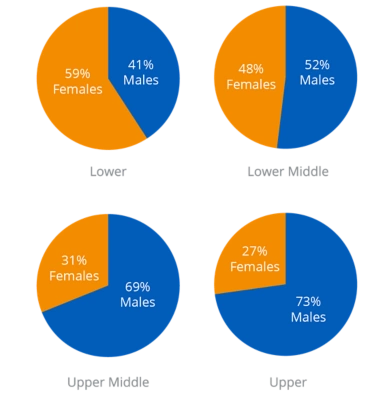
Signed by:

Dan Pell,
Vice President, Country Manager, UKI

Inderpal Dhedli,
Director, EMEA Sales Finance, Workday UK Limited